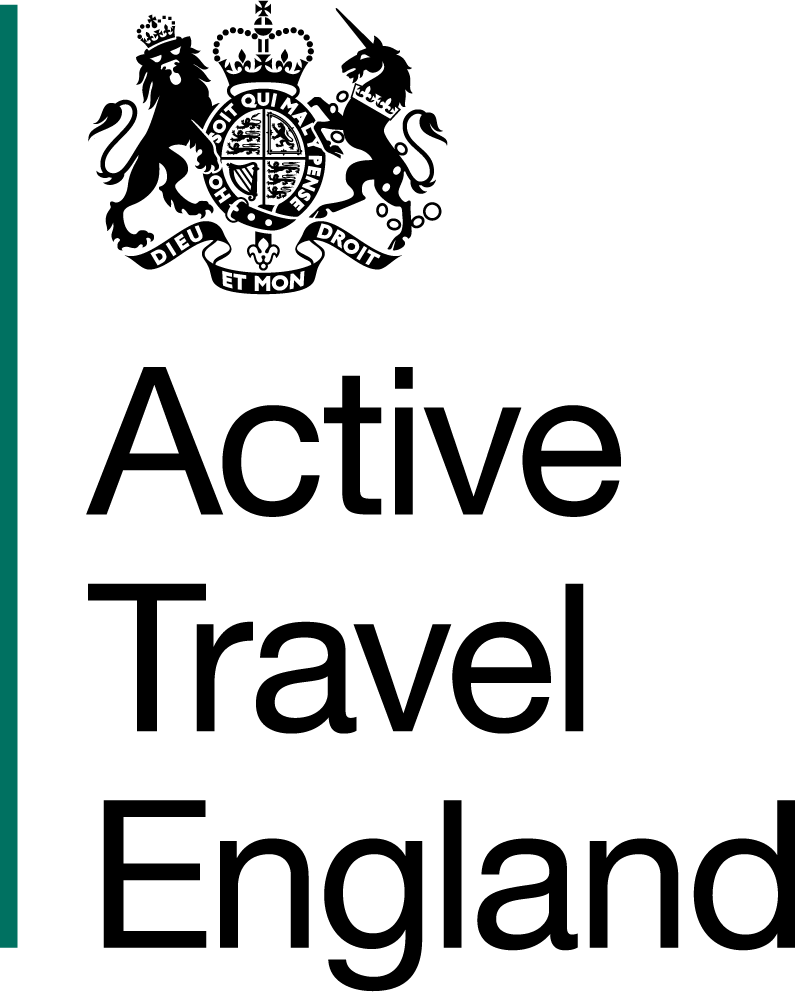A ‘new’ instructor can be new in different ways. They include:
- recently qualified instructors
- experienced instructors who are new to the organisation
- instructors returning after a break
It is important to help a new instructor settle in. To support them, you can:
- Arrange an interview with the training provider manager or IQA lead. They should explore the instructor’s strengths, areas for improvement and level of experience delivering training
- Arrange for the new instructor to observe a training session
- Arrange for the new instructor to be observed delivering a training session. This offers an opportunity for feedback and support
- Assign an experienced instructor to mentor and support the new instructor
- Work with new instructors to create and regularly review Personal Development Plans


Safer Recruitment Practices
Keeping Children Safe in Education outlines the legal requirements for schools and colleges. Training Providers must familiarise themselves with the latest version of this document to support educational establishments to meet their legal obligations.
This document must inform Training Providers’ own recruitment and vetting policies and procedures as well as their safeguarding policy.


Vetting Checks
Training Providers should ensure the following vetting checks have been conducted on any individual contracted to deliver services for children and vulnerable adults, on their behalf:
- Identity
- Right to work in the UK
- Enhanced DBS (renewed every three years if the individual isn’t registered on the update service)
- Barring lists
- Prohibition order (if applicable)
- Overseas (if applicable)
- Qualifications and registration on the Link database (if applicable)
- Two satisfactory references including one from their most recent employer.
Training Providers are required to provide educational establishments with a letter confirming the checks conducted on individuals delivering these services on their behalf. Training Providers must also provide the names, DBS numbers and DBS issues dates for the individuals who will be delivering at the educational establishment.


New Instructor Timeline
The following is timeline guide for recruiting new instructors with no qualifications:
Step 1: Role advertised, 1-2 days
Step 2: Applications received, 1-4 weeks
Step 3: Interviews, 1 week
Step 4: Work offered subject to vetting, 1 week
Step 5: Recruitment and vetting checks conducted. Steps 6-9 can be completed alongside this depending on a training provider’s own policy, 1- 3 months (depending on enhanced DBS check)
Step 6: Recruits registered for the Level 2 Award in Instructing Cycle Training (L2AICT) qualification, 1 day
Step 7: Recruits complete pre-course and 9 e-learning modules as well as First Aid and Safeguarding training (if applicable), 2 weeks
Step 8: Recruits attend a 3-day in-person course and complete 4 tasks to become provisionally qualified, 1 week
Step 9: Check recruit is on Link and associate them as an instructor
Step 10: Recruits attend a training provider induction, 1 week
Step 11: Recruits begin delivering alongside fully qualified instructors. During this period, they also complete 2 e-learning courses, 8-10 weeks
Step 12: Recruits complete a session plan and risk benefit assessment before undertaking a Final Assessment. If successful they become a fully qualified instructor, 1 week


Instructor Inductions
Training Providers must have an induction process in place for onboarding new instructors.
Inductions should cover:
- Time or read the organisation’s policies and procedures
- Bookings and course cancellations
- Equipment
- Code of conduct
- Risk benefit assessment
- Safeguarding procedures
- Consent forms
- Tracking and reporting rider progress
- Emergency procedures and incident report forms
- Instructor observations
- Mentoring
- CPD requirements
- Annual renewals
- Any IT systems and/or programs
Instructors working on their behalf must read and sign an induction document to confirm they have been through this process.


Other Training Provider Requirements
Training providers must also ensure that instructors:
- Are registered on the Link database and complete an annual instructor renewal to remain an active instructor.
- Renew enhanced DBS checks after 3 years when not registered on the DBS update service.
- Hold a certificate in Emergency First Aid or equivalent which is no older than 3 years.
- Hold a Safeguarding certificate no older than 3 years.
- Have undertaken our SEND e-learning course available through their Link profile.
- Hold public liability insurance, if self-employed.
- Who are provisionally qualified, always work with a fully qualified instructor.
- Are observed delivering training at least once per year (ideally more for provisionally qualified instructors)



